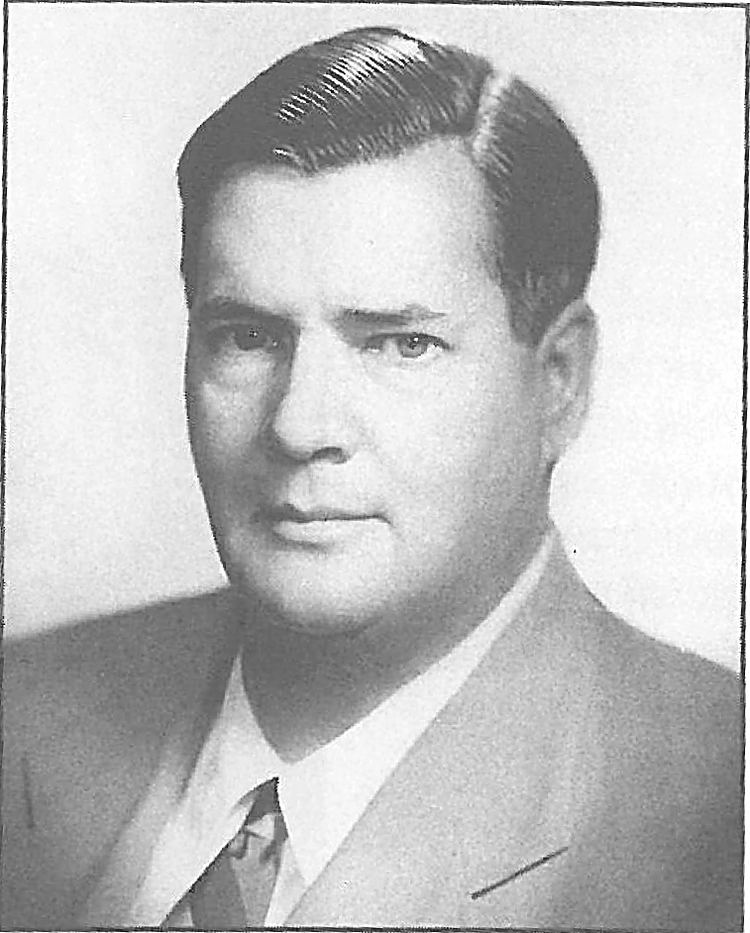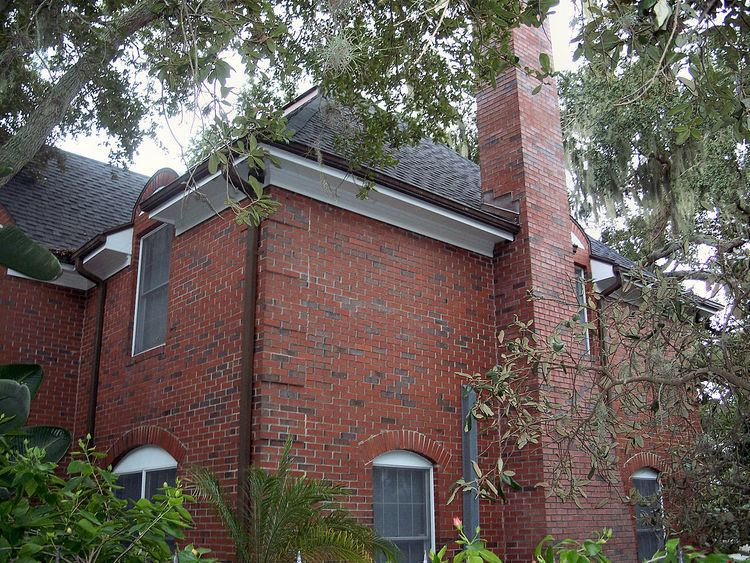Nationality American Occupation inventor | Name Donald Roebling Role Inventor | |
 | ||
Known for invention of the amtrac in 1937 Died August 29, 1959, Boston, Massachusetts, United States | ||
Donald Roebling (November 15, 1908–1959) was an eccentric twentieth-century American philanthropist, engineer and industrial designer, and inventor.
Contents

He was the great-grandson of John A. Roebling, who began the design of the Brooklyn Bridge, and the grandson of Colonel Washington A. Roebling and Emily Warren Roebling, who together completed the design and supervised its construction.
History
Born in New York City, Roebling grew up in his family's Boulderwood Mansion in Bernardsville, New Jersey.
Roebling built Spottiswoode, now known as the Donald Roebling Estate, in Clearwater, Florida in 1929. The estate and its buildings were added to the National Register of Historic Places in Pinellas County in 1979.
Science and invention
Roebling had an interest in science, and sponsored Paul Bartsch's 1937 Smithsonian marine research expedition. He was also involved in the establishment of the Archbold Biological Station.
He is most famous for inventing the amtrac in 1937, which he originally intended to be a hurricane rescue device. The United States Navy awarded Roebling a Certificate of Achievement in recognition of "exceptional accomplishment" for his invention, dubbed the Roebling Alligator. In 1948, he received the Medal of Merit from President Harry S. Truman, "for exceptionally meritorious conduct in the performance of outstanding service to the United States."
